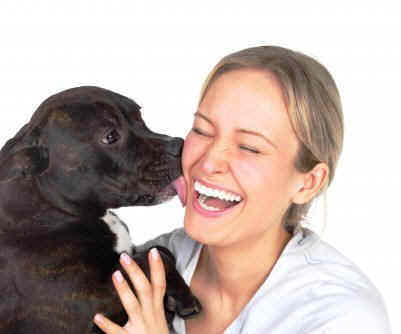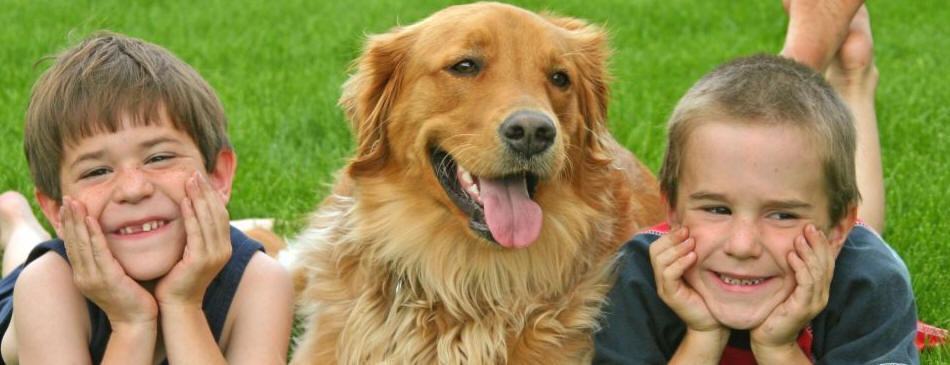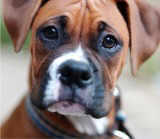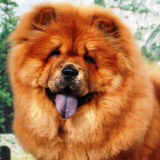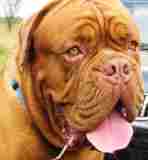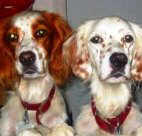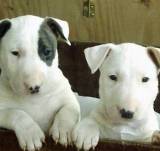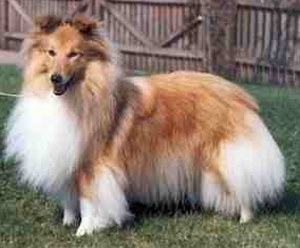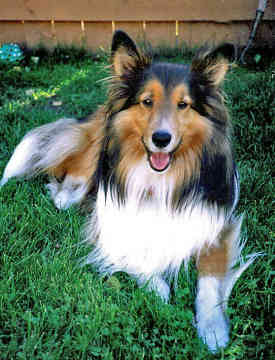|
The Shetland Sheepdog, or "Sheltie" as it is commonly called, is
essentially a working Collie in miniature. A rough-coated,
longhaired working dog, he is alert, intensely loyal and highly
trainable and is known as a devoted, docile dog with a keen sense of
intelligence and understanding. Agile and sturdy, the Sheltie is one
of the most successful obedience breeds, but also excels in agility,
herding and conformation. Like the Collie, the Sheltie’s history
traces back to the Border Collie of Scotland, which, after being
transported to the Shetland Islands and crossed with small,
intelligent, longhaired breeds, was eventually reduced to miniature
proportions. Over time, subsequent crosses were made with Collies.
The breed worked as farm helpers and home protectors, watching over
crofters’ cottages, flocks and herds from invaders of all kinds. The
breed was registered with the AKC in 1911.
General Appearance
The Shetland Sheepdog is a strong, nimble, lightly built, beautiful
dog, with a long, wedge-shaped head. Its coat is rough with a soft
undercoat. Some say they are almost a perfect miniature copy in of
the long-haired collie. The top plane of the muzzle should be
parallel to that of the skull. The glorious long double coat sports
a lion-like mane and frill around the neck, and comes in blue merle,
sable and black with various amounts of white and/or tan. The outer
coat is lined with a dense, woolly undercoat. The legs and long tail
are feathered, and the hair on the face and feet is smooth. The tail
should reach to the hock. The almond-shaped eyes are generally dark,
except in blue merle dogs where they may be blue or merle color. The
dog should have a watchful, gentle, questioning and intelligent
expression. The nose should be black. The teeth should meet in a
scissors bite. The ears are small, flexible and expressive, with
dropping tips. The Sheltie is an agile, swift dog and a good jumper.
Temperament
The Shetland Sheepdog is a charming, affectionate, and loyal dog,
and makes a fine family pet or companion for both experienced and
inexperienced dog owners. These are responsive and intelligent
creatures, and are easy to train. He is one of the most trainable of
all breeds. The Shetland Sheepdog thrives on the companionship and
affection of his owners, and is not the right choice for those with
little time for a pet, as he will get destructive if neglected. This
is a sweet natured dog with grace, dignity, and a sociable attitude.
The Sheltie is always enthusiastic and eager to please his owner,
and is a quick learner. They are very in tune with their owners, and
extremely responsive. The Shetland Sheepdog is a family dog through
and through, and enjoys plenty of interaction and cuddles. Early
socialization and consistent training is recommended to promote a
stable, sociable, and well balanced temperament, as some Shetland
Sheepdogs can be reserved and shy. The Sheltie needs a
stable environment to live in, and does not like loud noises or
tense atmospheres. This is a sensitive breed, and needs to be part
of a loving, close family. They can bark a fair amount when excited,
and due to their herding instincts may try and herd people and other
animals into groups through nipping.
Grooming
A Shetland Sheepdog generally only needs to be brushed once every
one or two weeks when regular bathing is practiced. Shelties are
very clean dogs and will tend to their coats themselves for the most
part however it is up to the owner to brush the dog free of excess
hair and remove mattes and tangles. It is also common practice to
have your Shetland Sheepdog's hair cut in a fashion that keeps it
from dragging the ground which further protects the beauty and clean
cut look of the dog's coat. In warmer climates and seasons of high
shedding there is an additional need for brushing the Shelties coat
so the dog's coat does not tangle and hold the excess released hair,
additional shampooing is also needed during seasons of high shedding
to assist in keeping the coat clean and free of excess hair.
Health Problems and Life Expectancy
The life expectancy of the Shetland Sheepdog is around 12-14 years,
and there are a number of health problems to look out for with this
breed. This includes epilepsy, vWD, thyroid problems, luxating
patella, PRA, HD, eye problems, seizures, and heart problems.
Activity Level
Shelties are lithe, agile and active dogs that will need both mental
and physical challenges to keep them happy. Because they are
descendants of herding dog breeds they are prone to chasing things
such as animals, children, people and anything else that will cause
visual stimulation or movement for chase. In other words they will
most often try to "herd" anything that is movable in their yards.
Also because of their ancestry Shetland Sheepdogs should have a
large outdoor space to run and be active in.
|
